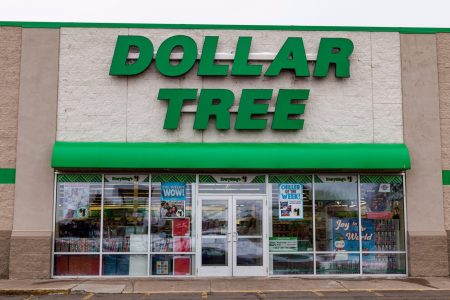For years, senior discounts have been a welcome way for older shoppers to stretch their budgets at the grocery store. But recently, many seniors have been caught off guard when their usual discount suddenly disappears without explanation. With inflation and rising food prices, every dollar saved counts more than ever. When grocery stores quietly remove these discounts, it leaves many customers feeling frustrated, misled, and overlooked. Understanding why this is happening can help seniors adapt, save money, and avoid unpleasant surprises at checkout.
1. Rising Operational Costs Are Forcing Tough Choices
Grocery stores operate on thin profit margins, and rising costs have made discounts harder to sustain. Labor shortages, higher wages, and increased utility bills all cut into store profits. For many chains, cutting back on senior discounts is seen as a quick way to reduce expenses. Unfortunately, these decisions often happen without notifying loyal shoppers. Seniors end up learning the hard way—at the register—when their discount no longer applies.
2. Inflation Is Changing Store Policies Rapidly
With food prices rising at record levels, stores are struggling to keep prices competitive. Discounts, especially those for seniors, may be the first benefits to disappear. Some grocery chains argue that keeping prices lower overall benefits everyone, rather than offering targeted savings to certain groups. This explanation doesn’t always sit well with older shoppers who feel they’ve earned the discount. Still, inflation-driven adjustments are one of the main reasons these perks are being quietly phased out.
3. Senior Discounts Aren’t Always Publicized Clearly
Even when discounts are still offered, many stores don’t clearly advertise them. Some locations leave it up to the cashier or the shopper to ask for the discount, creating inconsistency. Seniors may assume the discount has been removed when, in reality, the store just doesn’t promote it. This lack of communication often leads to confusion and frustration. Without clear signage or updated information, customers feel like they’re being left in the dark.
4. Individual Store Managers Often Decide on Discounts
In some chains, senior discounts aren’t determined at the corporate level but left to the discretion of store managers. That means one store may still honor them while another quietly stops. Seniors who move, travel, or shop at multiple locations may find themselves confused by these differences. This inconsistency can damage trust in the brand as a whole. When discounts depend on management decisions, predictability for shoppers disappears.
5. Digital Loyalty Programs Are Replacing Traditional Discounts
Many grocery stores are shifting toward digital loyalty programs that apply discounts automatically through apps or membership cards. While these programs can provide personalized deals, they often replace flat senior discounts. Seniors who aren’t comfortable with smartphones or apps may feel excluded. The shift saves stores money while encouraging digital engagement, but it leaves many older shoppers behind. Without guidance, some seniors may lose out on savings simply because they can’t navigate new technology.
6. Stores Believe Shoppers Value Convenience Over Discounts
Some retailers argue that customers care more about convenience than small percentage discounts. Offering home delivery, curbside pickup, or extended store hours can cost as much as providing a discount program. In their view, investing in services may provide more value for all shoppers, including seniors. But for those living on fixed incomes, a senior discount often makes a bigger difference than delivery perks. This trade-off leaves many older customers feeling that their needs are being overlooked.
7. Discounts May Still Exist, but on Limited Days
Another change catching seniors off guard is the restriction of discount days. Instead of offering discounts all week, some stores limit them to a specific weekday. Shoppers who aren’t aware of the change may miss out when they come on a different day. This creates a frustrating cycle of guessing when savings are available. Without proper communication, seniors feel blindsided and excluded from the benefits they once relied on.
8. Not All Seniors Are Asking for Discounts Anymore
Interestingly, some discounts vanish simply because they’re underused. If fewer seniors ask for them, managers may assume they’re no longer important. As new programs and promotions are introduced, older ones are phased out. Seniors who don’t speak up may unintentionally contribute to the loss of these perks. Staying informed and vocal about discounts can help keep them alive at local stores.
Protecting Your Savings in a Changing Grocery Landscape
Senior discounts may be shrinking, but that doesn’t mean savings are impossible. Asking about available programs, signing up for loyalty rewards, and shopping on discounted days can still stretch your budget. Seniors should also consider exploring community programs or credit card perks that offer grocery rewards. While it may take more effort, knowing your options ensures you won’t be caught off guard. At a time when every dollar matters, being proactive is the best way to protect your grocery savings.
Have you noticed senior discounts disappearing at your local grocery store? Share your experience in the comments—your story might help others save.
Read More
What’s the Real Reason Some Banks Are Denying Retirees Service?
10 Public Records That Anyone Can Access About Your Finances
Read the full article here









